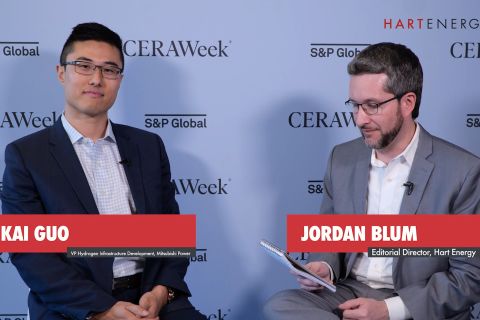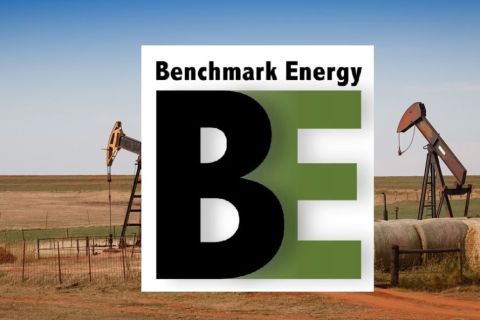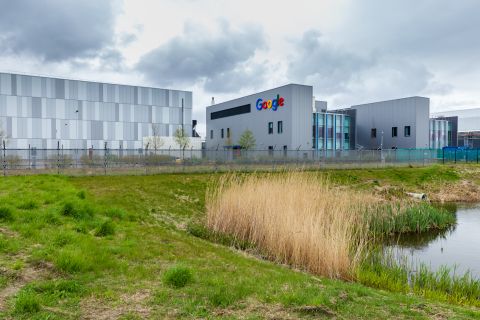U.S. oilfield service firms said on April 28 they are poised to see some of the strongest prices in years, as a push to boost activity has collided with supply chain constraints and a focus within the sector to maintain capital discipline.
U.S. oil futures have climbed to multi-year highs, and on April 28 were trading close to $105/bbl. The price jump has supported an increase in demand for oilfield services and equipment, with the U.S. rig count climbing to 695 in the week to April 22 from 438 a year ago, according to Baker Hughes.
Oilfield firm Patterson-UTI Energy said it is seeing significant price increases for both drilling and hydraulic fracturing.
“I don’t recall another period where leading-edge day rates for drilling rigs have moved up this quickly,” CEO Andy Hendricks told investors during an earnings call, noting prices are primed to be at their highest level in a decade.
Hendricks warned that if oil producers do not have agreements for top quality rigs or fracking fleets in place already, they may not be able to easily secure one going forward.
Rival contract driller Helmerich & Payne said it was contracting some rigs around $30,000 per day.
“The economics for our spot contracts are improving at a rapid pace, and we expect similar improvements for our term contracts as they are renewed or move into the spot market in coming quarters,” Helmerich & Payne CEO John Lindsay said during an earnings call.
RELATED:
US Driller Helmerich & Payne’s Earnings Top Estimates as Activity Rebounds
Helmerich & Payne exited the last quarter with 171 rigs, a 10% increase. Patterson-UTI increased its average rig count by nine during the first quarter, to 115 rigs, and anticipates averaging 122 rigs in the current quarter.
Hendricks said Patterson-UTI is not open to building new rigs to address the shortage in equipment, echoing sentiments from rivals in the service industry who are wary of oversupplying the market and driving down prices.
Supply chain issues are also hampering the ability to ramp up. For some products such as drill pipe, lead times are running at roughly a year, Hendricks said.
“There’s not a chance for us to oversupply the market on the frac [fracking] side because of supply chain issues,” Robert Drummond, CEO of pressure pumping firm NexTier Oilfield Solutions, told investors.
NexTier this week said the hydraulic fracturing market is nearing full utilization. It anticipates sequential revenue growth of more than 20% and “significant adjusted EBITDA margin expansion,” the company said in a release.
Recommended Reading
EIA: Permian, Bakken Associated Gas Growth Pressures NatGas Producers
2024-04-18 - Near-record associated gas volumes from U.S. oil basins continue to put pressure on dry gas producers, which are curtailing output and cutting rigs.
Exclusive: Mitsubishi Power Plans Hydrogen for the Long Haul
2024-04-17 - Mitsubishi Power is looking at a "realistic timeline" as the company scales projects centered around the "versatile molecule," Kai Guo, the vice president of hydrogen infrastructure development for Mitsubishi Power, told Hart Energy's Jordan Blum at CERAWeek by S&P Global.
Benchmark Closes Anadarko Deal, Hunts for More M&A
2024-04-17 - Benchmark Energy II closed a $145 million acquisition of western Anadarko Basin assets—and the company is hunting for more low-decline, mature assets to acquire.
US Orders Most Companies to Wind Down Operations in Venezuela by May
2024-04-17 - The U.S. Office of Foreign Assets Control issued a new license related to Venezuela that gives companies until the end of May to wind down operations following a lack of progress on national elections.
Google Exec: More Collaboration Needed for Clean Power
2024-04-17 - Tech giant Google has partnered with its peers and several renewable energy companies, including startups, to ramp up the presence of renewables on the grid.





